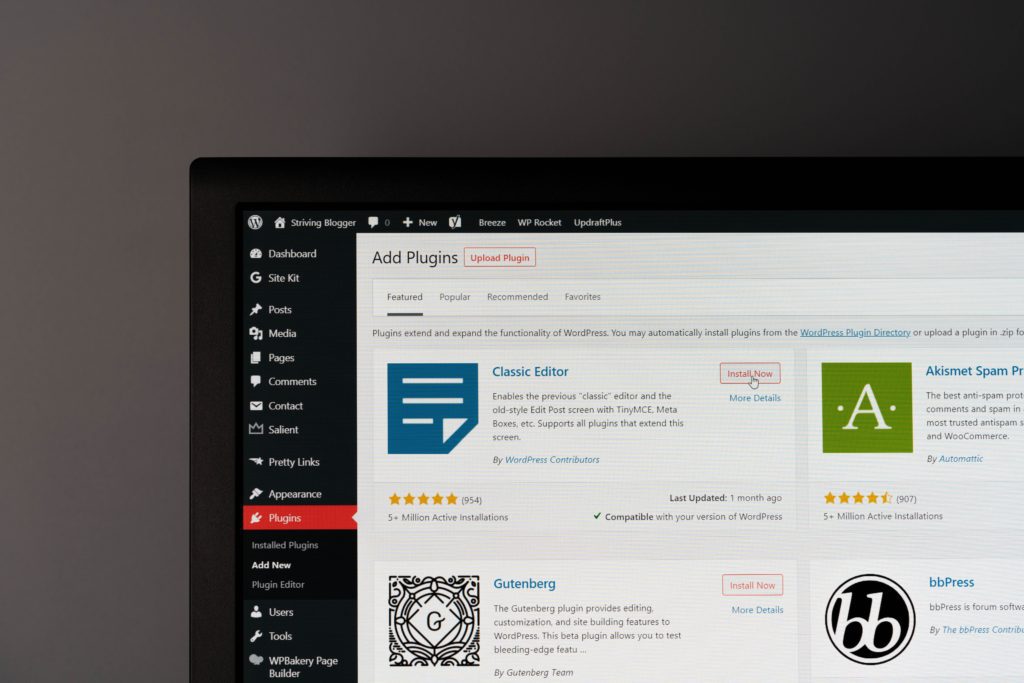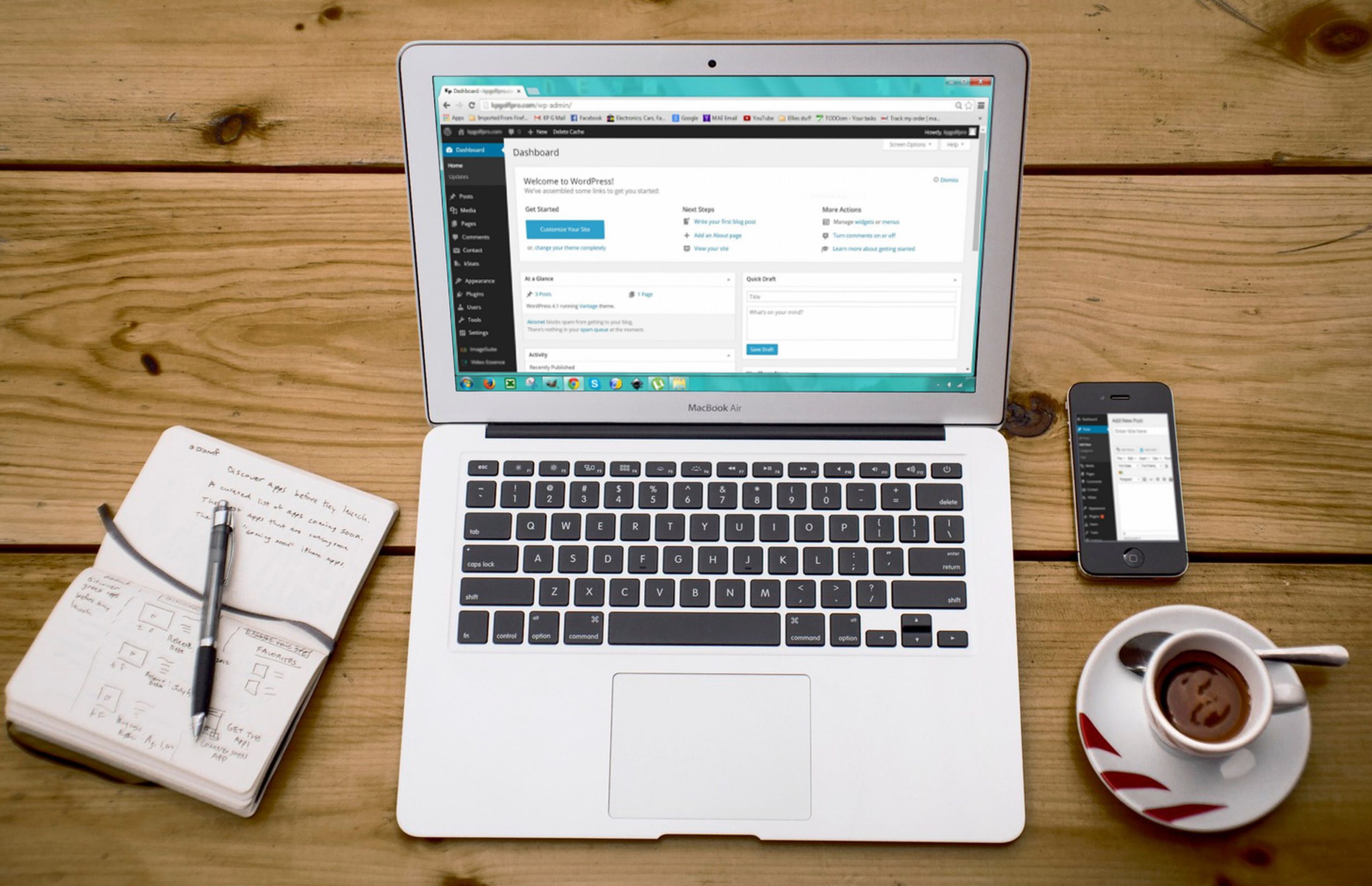A WordPress plugin is simply a piece of code that enables you to do things on your website that are not possible with the default WordPress interface. For example, you might be able to add custom functions or templates to your site, or extend the functionality of the blog engine beyond what is possible with WordPress core itself. There are thousands of plugins available on the WordPress repository, so there’s sure to be one that meets your needs.

Why Create A WordPress Plugin?
There are a number of reasons why you might want to create your own WordPress plugin. Perhaps you need extra functionality not available in the core WordPress plugin, or you want to take your website design to the next level and build custom templates and functions. Whatever your reasons may be, creating a plugin is a fairly straightforward process that can have a big impact on the look and function of your website.
Getting Started To Create A WordPress Plugin
Before you can begin to create a WordPress plugin, you first need to understand the basics of plugin development.
First things first, install WordPress onto a web server. This can be done with any standard web hosting provider or by using an unofficial installer such as WP Engine or W3 Total Cache. Once we have WordPress installed, we will need to create a new folder for our plugin inside of our WordPress installation (typically in wp-content). We will call our folder “plugin,” and within it we will create our codebase.
Now begin writing our codebase. The first thing we will do is copy in some boilerplate code that helps us get started with developing plugins. After we have copied this in, we will start setting up our project directory structure. For our plugin example, let’s create a directory called “config,” and inside of it we will create three files: pre_setup.php, setup.php, and WPBakery Page Builder (if using) settings. We will also add an index file called index .php.
Next, let’s add in the required libraries for working with WordPress plugins: wp-includes, wp-db-driver , and wp-json . After these are included, we can begin writing our codebase.
Our first task is to add in functions that allow us to load our custom templates into WordPress pages automatically.
How Do I Create A WordPress Plugin?
1. First, you’ll need to find the plugin that you want to create a WordPress plugin for. WordPress is a popular plugin, so there are likely alternatives available if you don’t want to use it. If you’re unsure which plugin to choose, it’s worth checking out the official WordPress repository.
2. Once you have chosen your plugin, head over to the WordPress website and sign up for a free account. This will give you full access to the WordPress documentation and plugin development tools.
3. Once you have an account, head over to the Plugins section of the website and click on New Plugin.
4. On the New Plugin page, fill in all the required information and click Next.
5. On the next page, enter a descriptive name for your plugin (e.g., “WordPress Custom Fields”), and select whether or not you want it to be public or private (public plugins are available for everyone who signs up for an account on the WordPress site), and decide whether or not you want it to be enabled by default (default plugins are enabled in all new WordPress installations).
6. Click on Next again and then on Create Install Package.
7. On the next screen, enter all of the necessary details about your plugin package (name, description, author, etc.), and click on Save Package Package File.
8. Now that’s done! You can test your new plugin by clicking on Activate Plugin from your WordPress site’s Plugins menu (you may need to sign in first).
Tips and Tricks When Creating A WordPress Plugin
Now that we’ve covered the basics to create a WordPress plugin, it’s time to give you some tips and tricks to help you along the way.
1. Understand the WordPress codebase
Before starting to write any code, it’s important to understand how the codebase works. The WordPress codebase is a huge repository of code that provides core functionality for WordPress websites. If you’re unfamiliar with it, it’s worth spending some time reading through the documentation.
2. Understand the WordPress Plugin API
The WordPress Plugin API allows developers to extend the functionality to create a WordPress plugins in novel ways. If this is something that interests you, be sure to read through the documentation and become familiar with all of its features.
3. Debug Code
Debugging is essential for tracking down the issue when something goes wrong with your plugin. WordPress includes built-in debugging capabilities, but if you need further assistance, many third-party solutions will suit your needs perfectly.
4. Managing Plugin Files and Folders
Plugin files and folders can get pretty messy as your project progresses, so it’s important to take care when dealing with them. plugins should be stored in a specific location on your server (typically in wp-content/plugin), and they should be organized into folders based on their function (e.g., functions/admin/myplugin).

